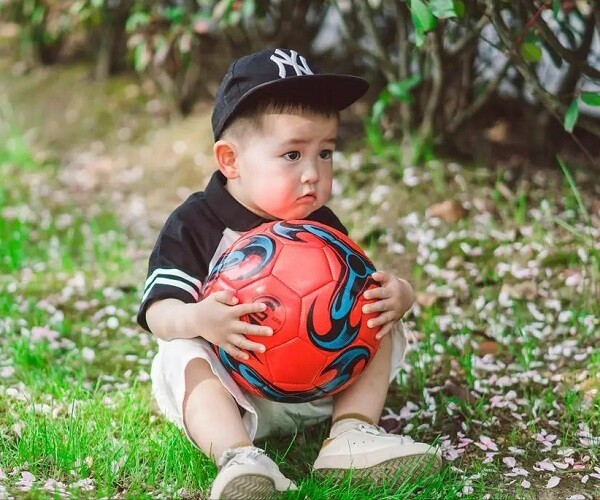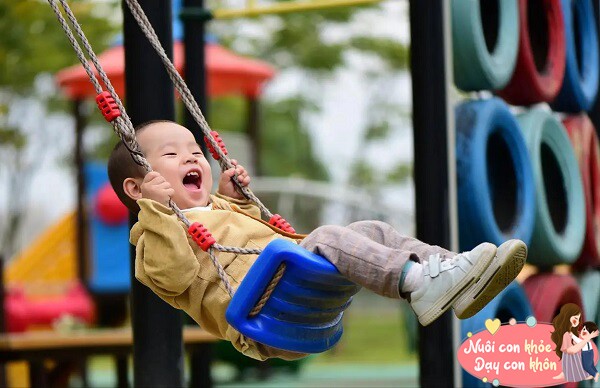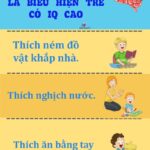There are three typical behaviors that indicate a child’s intelligence from an early age. If your child exhibits any of these, it’s a sign of their exceptional intellect.


Laser-like Focus and Obsession
Children with excellent concentration often get absorbed in their thoughts, learning, and mental exploration. During these periods of intense focus, their creativity and cognitive abilities shine. This is especially true when they delve into their passions and interests.
Parents should refrain from interrupting their children during these periods as it can disrupt their train of thought and cause frustration. Instead, create an environment that fosters their exploration. Provide quiet spaces and ample time for them to indulge in their hobbies, be it reading, drawing, or building models.
Allow children to experiment and explore without time constraints. They need the freedom to make mistakes and learn from their experiences.
In summary, when children are immersed in their favorite activities, it’s an opportunity for their minds to flourish. These moments of deep engagement are not just learning opportunities but also crucial steps in their journey toward adulthood. Parents should accompany and support their children every step of the way.

Children with an obsessive focus.

Hyperactivity and a Love for Running and Jumping
It’s common for parents to worry about their children’s hyperactivity, especially in inappropriate settings or public places. However, research from Harvard University suggests that most hyperactive children have a positive outlook and a strong sense of curiosity, which contributes to their intellectual development.
Hyperactive children often exhibit a keen curiosity and a desire to explore their surroundings. Their physical activities, such as running, jumping, and playing, help expend energy and stimulate brain development. This hyperactivity fosters learning through experimentation and exploration, enhancing their creativity and cognitive abilities.
Additionally, studies show that children with high curiosity tend to have better problem-solving skills and a stronger inclination toward learning. When children play and interact with their peers, they learn communication, sharing, and cooperation. These social situations teach them relationship-building, emotional management, conflict resolution, and teamwork.
Hyperactivity is a natural part of a child’s development, and with proper guidance, it can become a significant advantage as they grow up.

Hyperactive children who love to run and jump.

Exceptional Mimicking Abilities
Some children seem to have boundless energy, eagerly observing and engaging with everything around them, from a falling leaf to a scurrying insect. Even when faced with obstacles, their curiosity drives them forward.
These children are often more intelligent, as their curiosity fuels their exploration and desire to try new things. This process stimulates the brain, forming neural connections and fostering positive thinking. They tend to exhibit quicker and more creative thinking.
Through imitation, children learn social skills, develop language, and enhance their communication abilities. They mimic the movements and expressions of cartoon characters or the mannerisms of family members. This imitation is a sign of their keen observation skills, as they notice details that adults might overlook. Children with exceptional mimicking abilities often have impressive memories, adapting to their environment and laying the foundation for intellectual and emotional development.
Additionally, children with abundant energy tend to have a more refined sense of observation, noticing subtle changes in others’ emotions and developing empathy.
In summary, children who exhibit these three behaviors from an early age are likely to be exceptionally intelligent. Parents should encourage their children’s energy and curiosity, providing them with the support they need to excel. Remember, exploration and learning are journeys that both children and parents embark on together.















